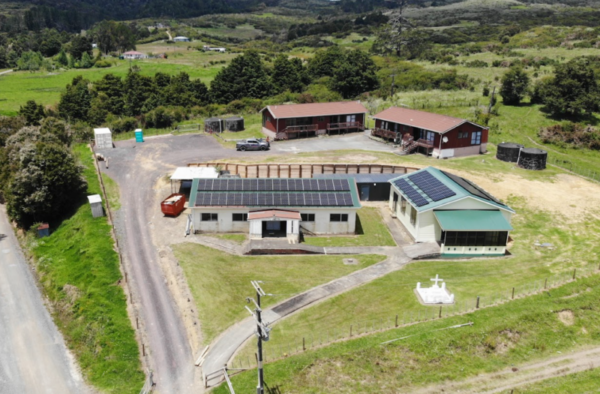
More and more Marae are looking to go solar
There are many benefits going solar for the marae, especially for when there is a power cut, the marae is able to still keep the lights and power on! We offer the latest in solar battery technology. And any excess solar can be shared back into the community.
Why Choose Us?
- We’re proud members of the Sustainable Energy Association New Zealand, SEANZ
- We’ve got over 20yrs of combined solar energy experience
- Our core team are local employees not contractors
- We can do a custom design to suit the marae annual consumption
- All of our systems are inspected by an independent Electrical Inspector
- You can visit our showroom in Whangārei
All we need is a copy of your latest powerbill and we can start to design a system.


